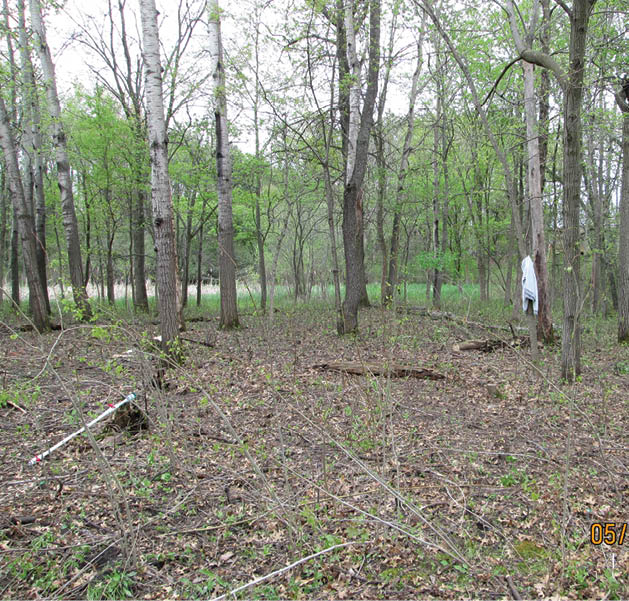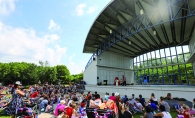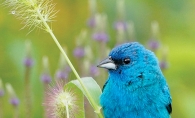You’ve probably encountered buckthorn, even if you don’t know it. It’s a fairly innocuous plant. It’s green most of the year, often has berries, and can grow up to 25 feet tall. For years, people planted buckthorn as hedges because it resists disease and has no natural enemies in our region. The environment can’t destroy buckthorn.
This has become a problem because buckthorn is taking over. It’s non-native to Minnesota and crowds out native plants, effectively destroying entire swaths of parks, yards and trails.
In Plymouth, city officials, led by forestry technician Lara Newberger, and volunteers are working to remove the plant from public property. Starting in 1996, Newberger began sporadically removing buckthorn from area parks but wasn’t working on the problem consistently enough, and the plants kept coming back. Last April, Newberger made removing buckthorn a priority, joining with volunteers to perform “buckthorn busts.”
“Buckthorn’s not necessarily that hard to kill; the problem is, berries keep going into the soil and it keeps popping up,” Newberger says. Buckthorn blocks out the sun, meaning nothing can grow under its cover, which leads to tunnels of the invasive plant, effectively wiping out native habitats.
Dave Turbenson faced that exact scenario. His family had a home behind Oakwood Elementary and his kids wanted to use the trails in the woods. Those trails had been completely overtaken with buckthorn. In 2010, he set out to destroy the plant so his kids could ride their bikes and play in the woods.
The best way to remove young buckthorn is to pull it out by hand, fully removing the root. Young plants are small enough to remove by hand, but as buckthorn grows, the only method is to cut the stump and apply an herbicide. Turbenson uses undiluted RoundUp applied with a bingo dauber. Applying this solution is a vital step, because without it the plant will just grow back—and often bigger than before.
“If we don’t do anything about it, it’s just a matter of time before the woods that are infested with buckthorn are non-usable,” Turbenson says. “For me, it’s a question of either sitting on your couch on a Saturday morning and drinking your coffee, or getting outside, getting a decent workout in, and doing something positive for your neighborhood environment.”
Turbenson spends several Saturdays every fall working on buckthorn busts. One of the pioneers of these busts is Betty Lamb, who goes by the name Buckthorn Betty. She began organizing people in her neighborhood around Maple Creek Park to remove buckthorn in 2009.
“The more aware people are, the more horrified they will be, and the more people will hopefully get it out of their yards,” Lamb says.
Volunteers work in different places around Plymouth to eradicate the plant—usually concentrating on their own neighborhoods. Turbenson’s focus is on the Oakwood area right now, but once that’s finished he hopes to work on the woods behind Wayzata High School. His goal is to have those buckthorn-free by the time his kids are in high school (the are currently fifth and sixth graders).
The buckthorn busters work in fall, because it is the easiest time to spot the plant. During October and November, when most other plants have changed colors and lost leaves, buckthorn often stays green.
As volunteers including Turbenson and Lamb work to remove the plant, they know they are facing an uphill battle, but it’s one worth fighting. And one the city will continue to help them fight. “The difference when we go through a park is just so phenomenal,” Newberger says. “But we have to stay dedicated, because if we turn our backs on it then all that work is for nothing.”


Before (left) and after (right): Courtesy of the City of Plymouth.









